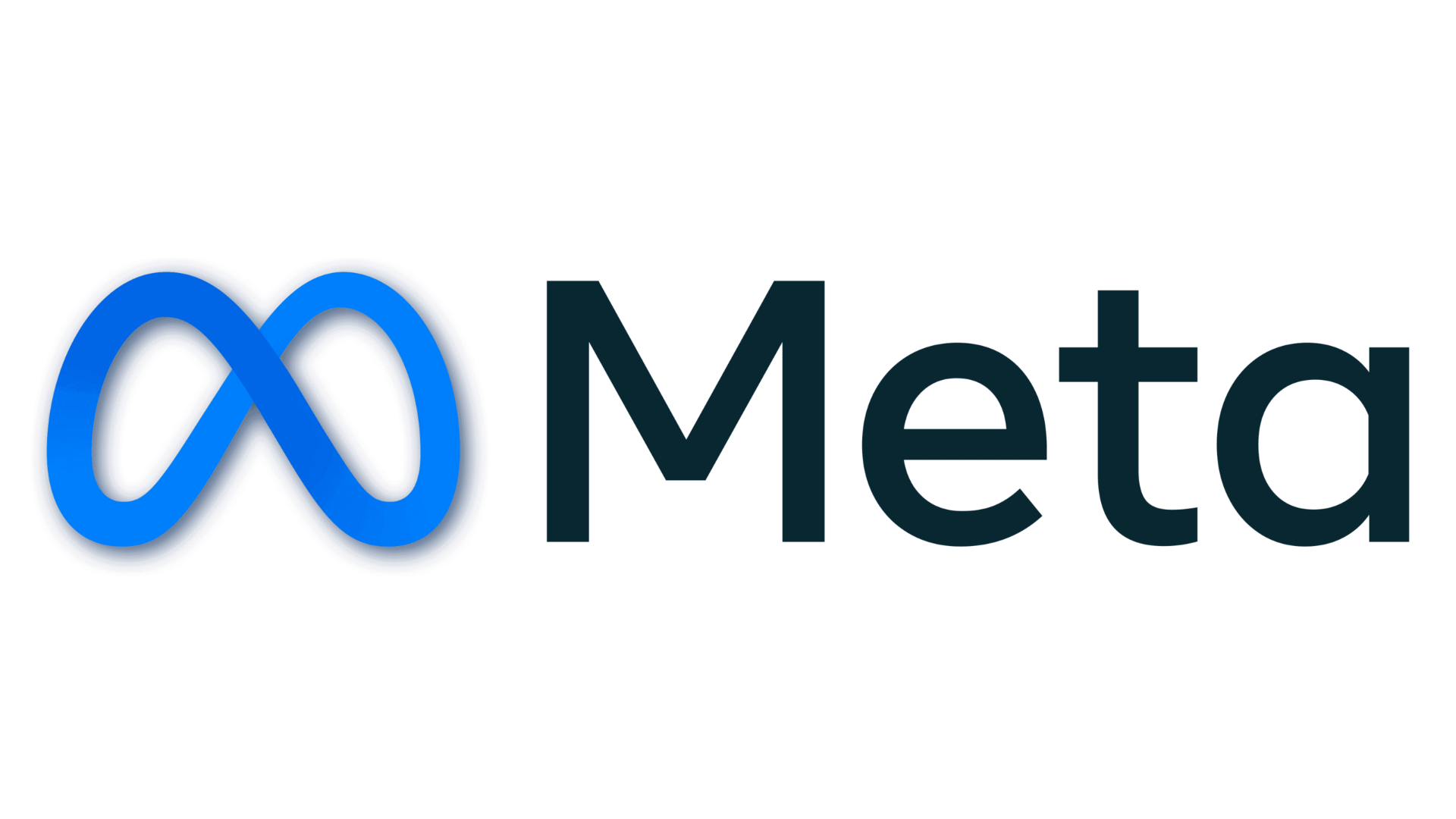Unicode is a character encoding standard that provides a unique numerical value, known as a code point, to every character, symbol, or ideograph used in writing across the world's writing systems. 16-Bit Unicode specifically assigns 16 bits (two bytes) to represent each character, allowing for a wide range of characters to be encoded.
With 16 bits, Unicode can represent up to 65,536 unique characters, providing ample capacity to include characters from different languages, scripts, symbols, emojis, and special characters. This comprehensive character set encompasses scripts such as Latin, Greek, Cyrillic, Chinese, Arabic, and more, ensuring that text can be accurately represented in various languages and writing systems.
The use of 16-Bit Unicode is particularly important in digital communication, software development, web technologies, and information processing. It facilitates the creation of multilingual applications, websites, and communication platforms that can seamlessly handle diverse linguistic and cultural content.
In the context of messaging, applications, or websites, 16-Bit Unicode is crucial for ensuring that text is displayed and transmitted accurately, especially when dealing with multilingual or international audiences. Emojis, which have become an integral part of modern communication, are also included in the Unicode standard and are represented using 16 bits.
Understanding 16-Bit Unicode is essential for developers, designers, and anyone involved in creating digital content that needs to be globally accessible and multilingual. It ensures that text is correctly displayed and interpreted across various platforms and devices, fostering effective communication on a global scale.

